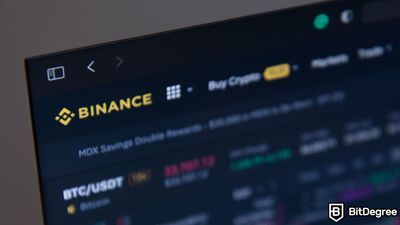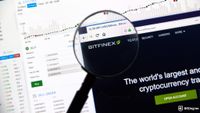Bitfinex continues to solidify its presence in South America.
Bitfinex, a prominent digital asset exchange, has expanded its offerings in Latin America by launching a peer-to-peer (P2P) trading platform.
The new platform unveiled on June 27th will serve users in three South American countries, Venezuela, Argentina, and Colombia.

Did you know?
Want to get smarter & wealthier with crypto?
Subscribe - We publish new crypto explainer videos every week!
10 Biggest Crypto Scams & How to Avoid Them (ANIMATED)


The new service, known as "Bitfinex P2P," enables users in these South American countries to engage in transactions involving Bitcoin (BTC), Ether (ETH), Tether (USDT), Tether EURt (EURT), and Tether Gold (XAUT).
The company's Chief Technology Officer (CTO), Paolo Ardoino, expressed that the move into Latin America reflects Bitfinex's commitment to fostering digital asset-related financial services in the region.
We are delighted to announce the launch of Bitfinex P2P in Venezuela, Argentina, and Colombia. By offering a reliable and efficient platform for P2P token trading, we are empowering our customers to engage with the marketplace in a way that affords maximum convenience based on their needs and preferences.
The launch comes a month after Bitfinex's recent success in El Salvador, where it obtained a digital asset service provider license from the country’s National Digital Asset Commission.
Additionally, the firm collaborated with OrionX, a Chilean crypto platform, in May. The partnership aims to bolster local education programs and promote financial literacy in the Latin American region.
On top of that, in June, Bitfinex joined forces with stablecoin issuer Tether to pledge a generous 100,000 USDT grant to the privacy operating system Qubes OS.
Bitfinex's new P2P trading platform offers a promising opportunity for cryptocurrency enthusiasts in Venezuela, Argentina, and Colombia. As the company continues to deepen its presence in Latin America, it aims to promote and normalize digital asset-related financial services usage in these regions.






















